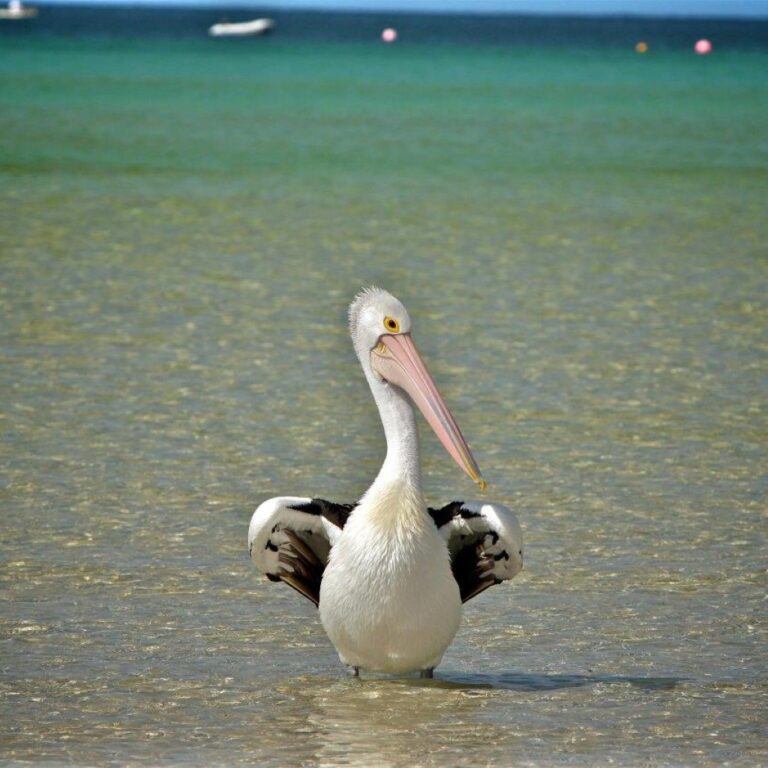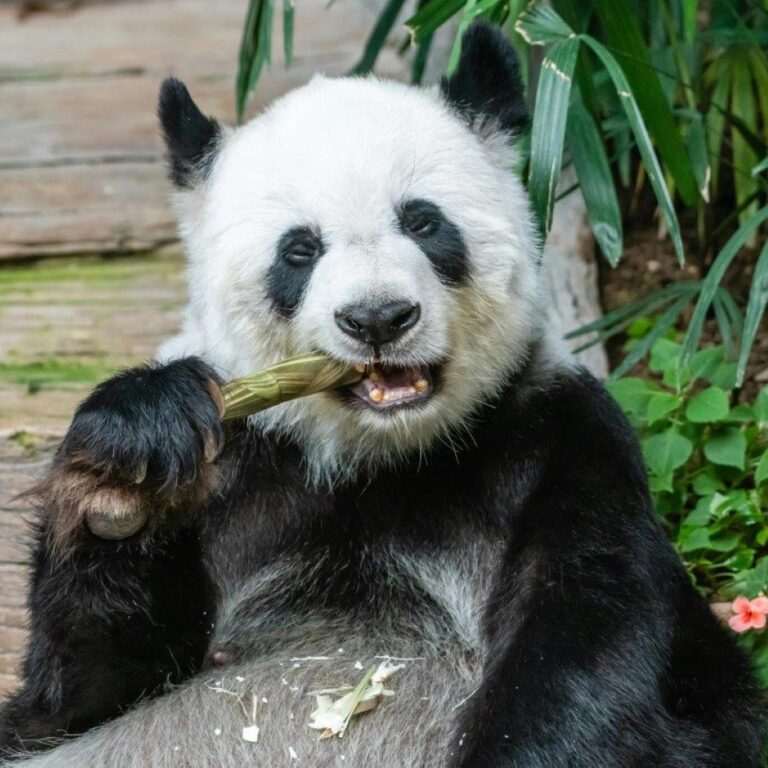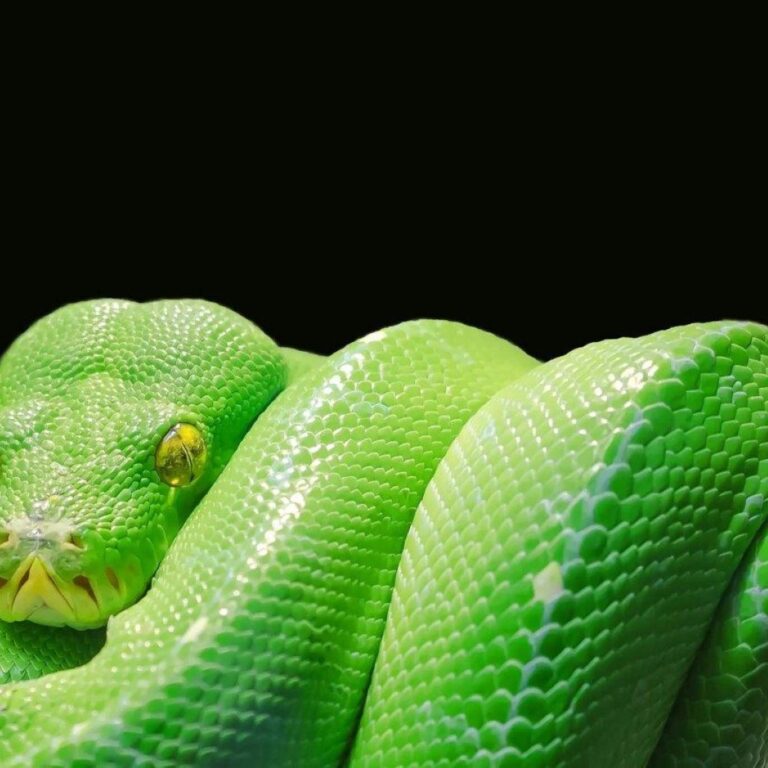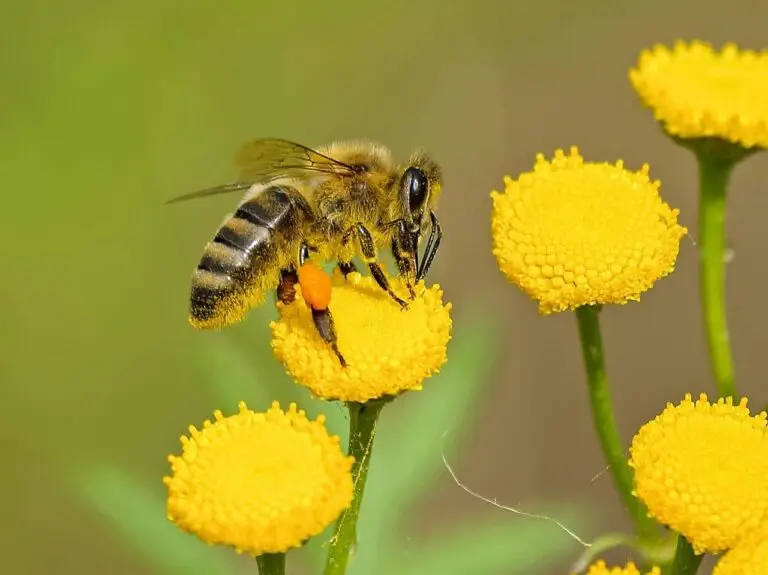There are eight species of pelicans, found on every continent except Antarctica. They inhabit coastal regions, lakes, and rivers, where they can easily access fish, their primary food source.
They are known for their long beaks and large throat pouches, which they use to catch and drain water before swallowing their prey. A pelican's pouch can hold up to three gallons of water!
The American white pelican is one of the largest birds in North America, with a wingspan of up to 9 feet. Despite their size, they are graceful fliers and can soar for long distances without flapping their wings.
They often hunt in groups, using a technique called 'cooperative fishing.' They work together to herd fish into shallow water or trap them in a circle, making it easier for the entire group to catch food.
The brown pelican is unique among pelicans because it dives from the air to catch fish. It plunges into the water from heights of up to 60 feet, stunning fish with the impact before scooping them up in its bill.
Pelicans have air sacs in their bones, which make them buoyant and help them stay afloat on the water. These air sacs also cushion the impact when diving into the water from great heights.
They are social birds and often nest in large colonies called rookeries. These colonies can consist of hundreds or even thousands of birds, and they provide protection from predators.
The pelican's bill is highly sensitive, allowing it to detect the movements of fish even in murky water. Once a fish is caught, the pelican will tip its head back to drain the water before swallowing its meal whole.
Pelicans have a unique way of cooling down on hot days. They will open their bills and flutter the skin of their throat pouch, a behavior known as 'gular fluttering,' to dissipate heat and regulate their body temperature.
The Dalmatian pelican is the largest of all pelican species, with a wingspan of up to 11.5 feet. It is also one of the heaviest flying birds, weighing up to 33 pounds.
Pelican chicks are born naked and helpless, relying on their parents for warmth and food. The parents regurgitate partially digested fish into the chicks' open mouths, providing them with the nutrients they need to grow.
Pelicans are long-lived birds, with a lifespan of up to 30 years in the wild. In captivity, they can live even longer, sometimes reaching 50 years of age.
The Australian pelican holds the record for the longest bill of any bird, measuring up to 20 inches in length. This long bill helps it catch a wide variety of prey, including fish, crustaceans, and even small birds.
Pelicans are excellent fliers and can cover great distances during migration. Some species, like the American white pelican, migrate thousands of miles between their breeding and wintering grounds.
Conservation efforts are important for protecting pelican populations, especially for species that are threatened by habitat loss, pollution, and overfishing. Preserving wetlands and coastal habitats is crucial for their survival.



